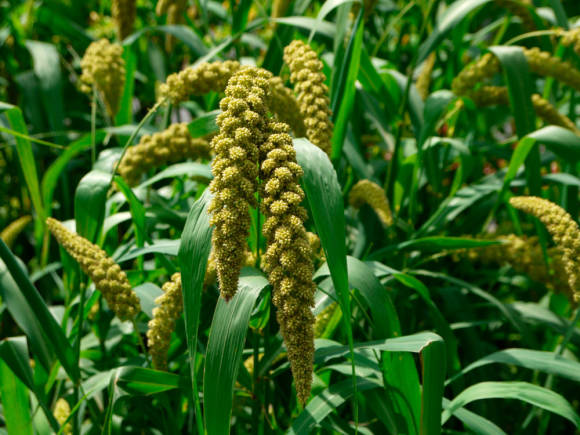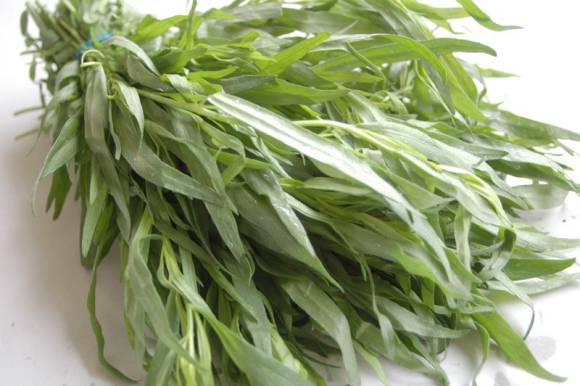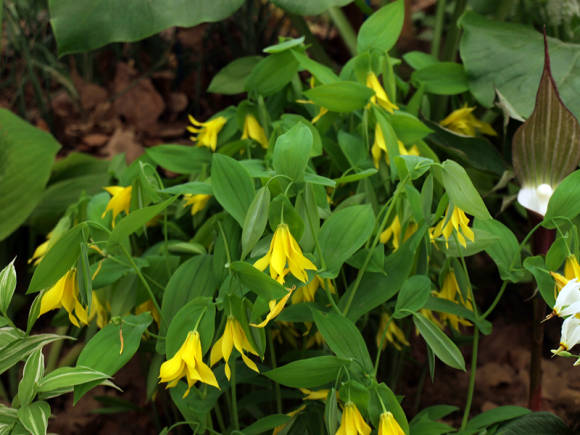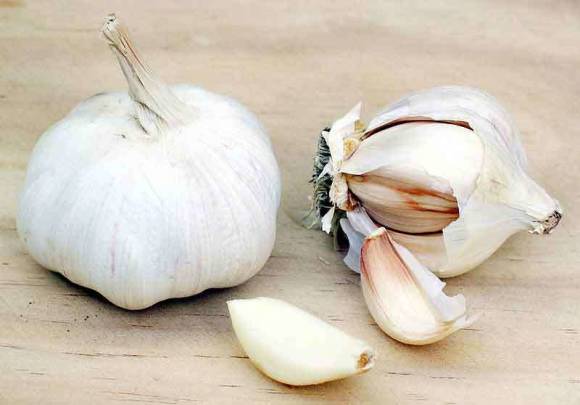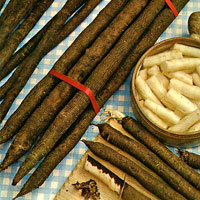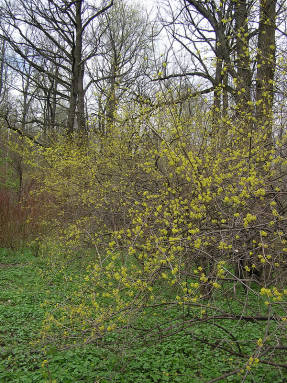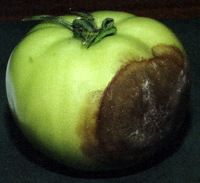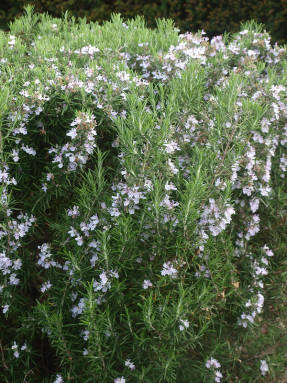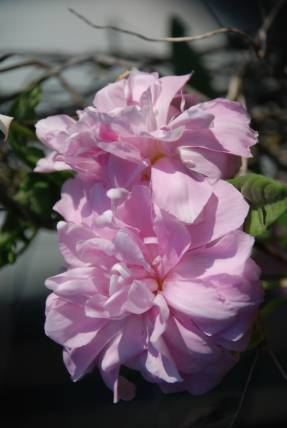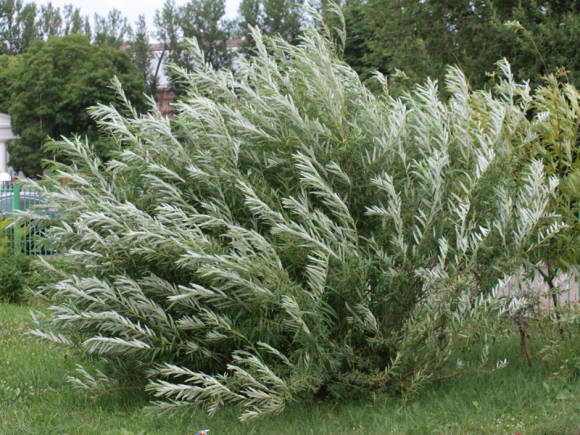Phlox Drummond - the only one-year-old representative of the Phlox genus (Phlox) family Sinyukhovye (Polemoniaceae)... It grows wild in the southeastern United States, and is especially common in the state of Texas in fields and roadsides, usually on sandy soils. In some states, such as Florida, it is specially sown along the roads to replace the lawn.

Europe became acquainted with this plant thanks to the Scottish botanist Thomas Drummond (1793-1835), who collected and sent the first samples of the plant to England in 1835. His collection of Texas wild plants numbered 750 species, including phlox seeds, later named after him. Basically, he selected the seeds of natural forms of red and pink palette, with a pale eye in the middle.
Phlox Drummond (Phlox drummondii) - one of the most spectacular annuals. A plant with highly branched stems from the base from 15 to 30 (sometimes up to 50) cm in height. Stems and leaves are sticky due to glandular pubescence. Leaves at the bottom of the stem are opposite, above - alternate, oblong-oval, sessile. Flowers up to 2.5 cm in diameter, with a short narrow tube and five-petalled flat limb, collected at the tops of the stems in corymbose inflorescences. Fruits are three-nested capsules with 1-2 seeds in each nest.
 |  |
In Europe, the plant was initially perceived as an exotic wildflower. But over 180 years of cultivation, varieties of a wide variety of colors have been bred - red, pink, pale pink, white, lavender, burgundy, coral, salmon, blue. Two-tone varieties have appeared with an eye of a contrasting white or dark color in the center, or with white edging of the petals. The shape of the petals from the traditional wheel-shaped phlox has changed to star-shaped, with "torn" petals, giving more lightness and grace to the plant. A terry variety has also appeared Chanel (Chanal) with flowers that look like miniature roses. The varieties can be divided into large-flowered (up to 45 cm high) and compact, or dwarf (15-20 cm high).

Growing Drummond Phlox
The soil... In order for Drummond's phlox to bloom profusely, he needs to allocate a sunny place. In the shade, the plant stretches out and forms few buds. The best option for it is sandy loam or loose fertile soil (although the plant also tolerates sandy soils), which are close to neutral or alkaline in acidity (pH 6.1-7.8).
Watering... Watering the plant needs constant and moderate watering, the plant stops blooming from drought, the flowers fade in the sun at temperatures above + 29 ° C. Among the many varieties, there are more and less drought tolerant. Varieties with star-shaped flowers are especially sensitive to it.
Care simple - weeding, watering and feeding with complex mineral fertilizer every 2 weeks. Manure is contraindicated.
Since the superficial root system of this phlox reacts to overheating, mulching will not be superfluous.
In container plants, faded inflorescences are cut off.
 |  |
Reproduction of phlox Drummond
Phlox Drummond can be grown in both seedling and non-seedling methods. In open ground, seeds are sown at the end of frost - while flowering occurs at the end of July.
To make flowering earlier and longer, seedlings are grown. Seeds for seedlings are sown 6-8 weeks before the intended planting, which is usually carried out in late May - early June, depending on weather conditions.
Sowing dates are from mid-March to early April. The seeds are buried in loose soil no deeper than 1.5 cm. They are germinated in the dark under glass or foil at a temperature of + 21 ... + 24 ° C. With the appearance of cotyledon leaves, after 5-7 days, they immediately provide good lighting so that the seedlings do not stretch out. The temperature is reduced to + 18 ... + 20оС. They dive in the phase of 2-3 true leaves, 3 each in pots with a diameter of 9 cm. Water moderately, but regularly, preventing the seedlings from wilting.High varieties are pinched to enhance tillering when the seedlings reach a height of 7-10 cm.
The flowering of phlox grown through seedlings begins in June and continues through September. Ripening fruits give self-seeding.
There are hybrids of Drummond phlox with other types of phlox, which are propagated in industrial floriculture by cuttings. Although cuttings of the Drummond phlox itself are also capable of rooting, this method of propagation is used extremely rarely and is advisable only in the southern regions, where the growing season is longer.
 |  |
Use in garden design
This annual blooms extremely richly and long-lastingly, with a whole scattering of fragrant flowers. He is not afraid of the first autumn frosts until they reach temperatures below -5 ° C.
The use of the plant is varied - in borders along paths, in flower beds, where it is combined with sparkling salvia, petunias and other crops. In containers and balcony boxes, Drummond's phlox, slightly drooping, forms bright caps of inflorescences. It gets along well with other container plants in ampel compositions.
Also suitable for cutting, bringing a wonderful aroma and rustic flavor to summer bouquets.
